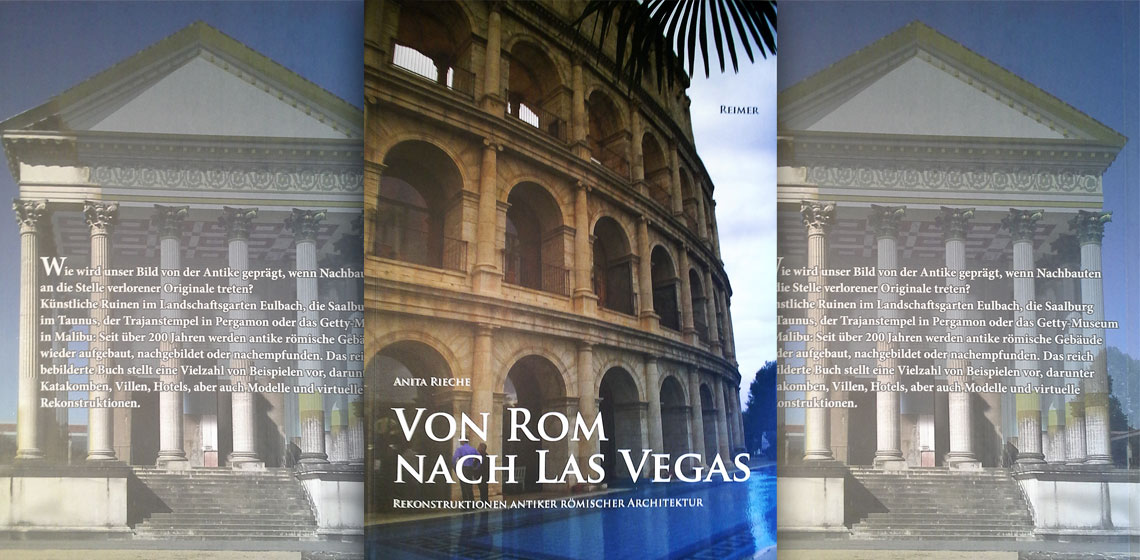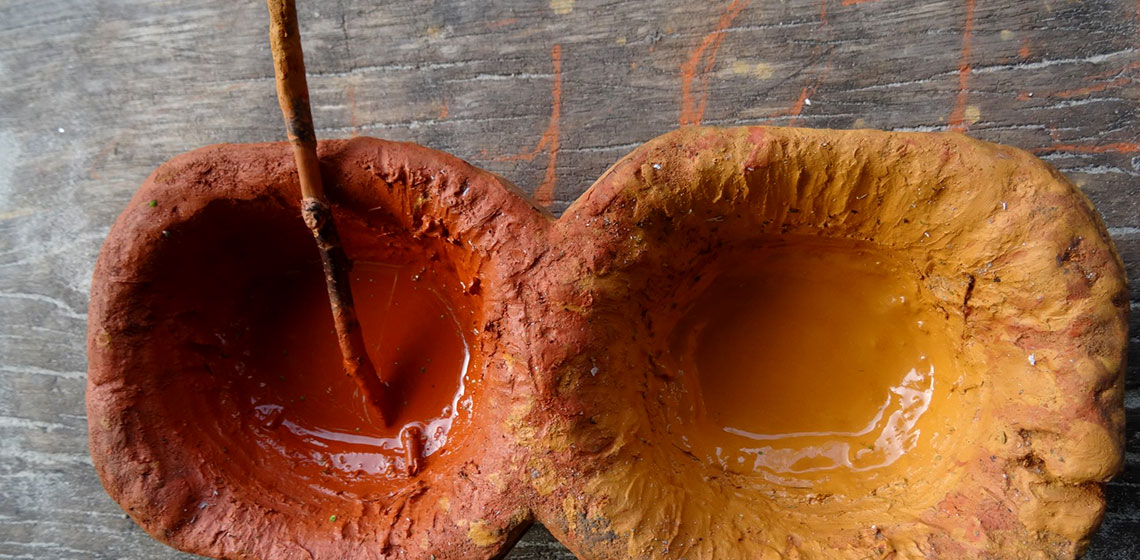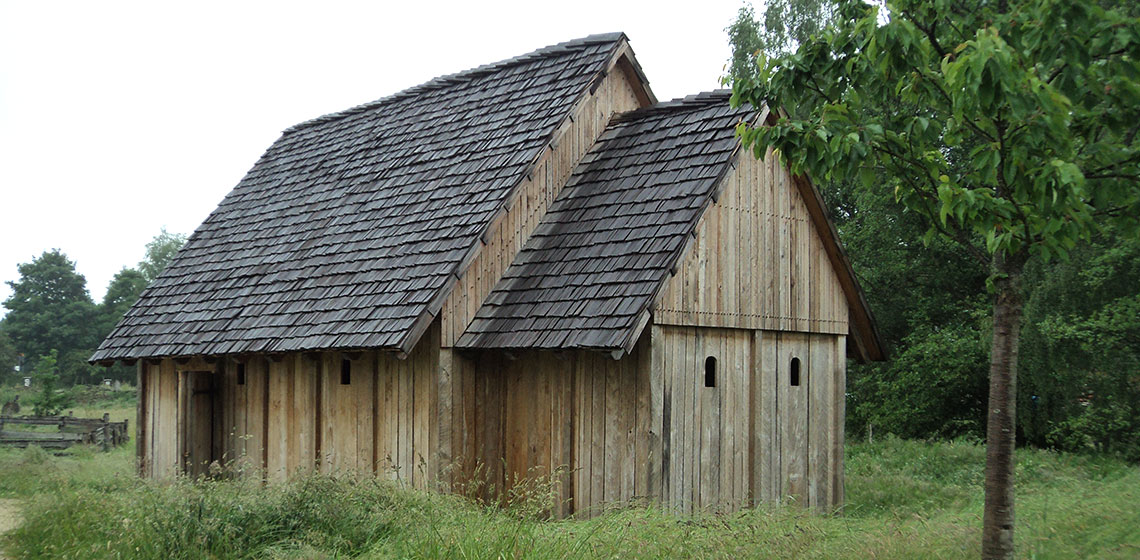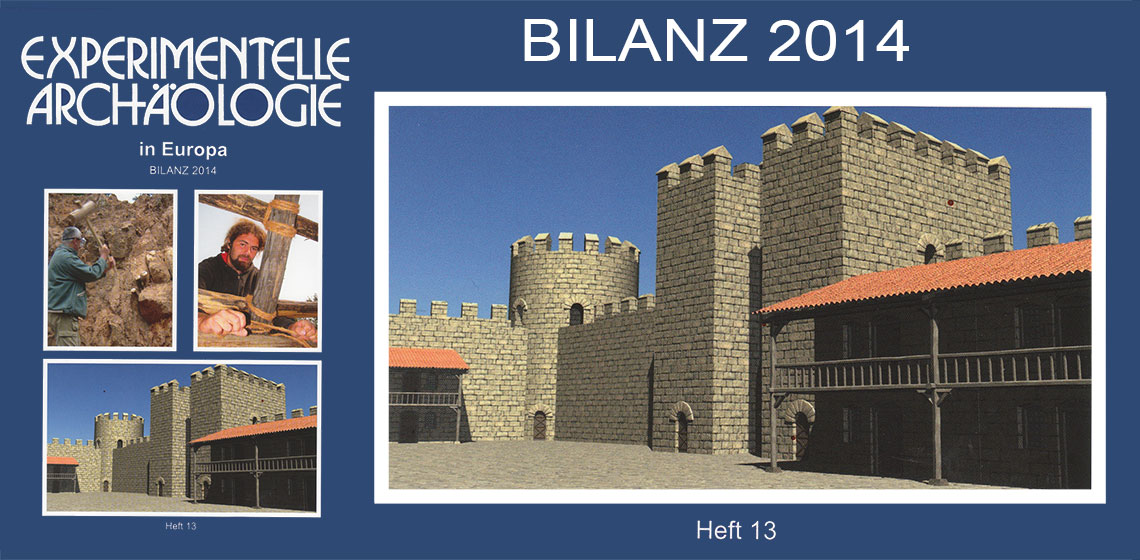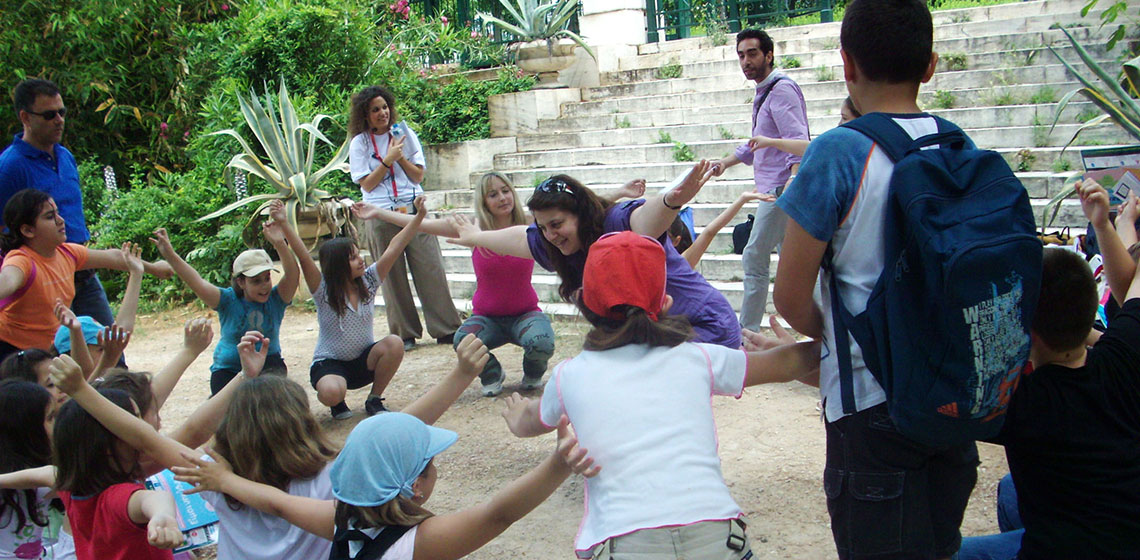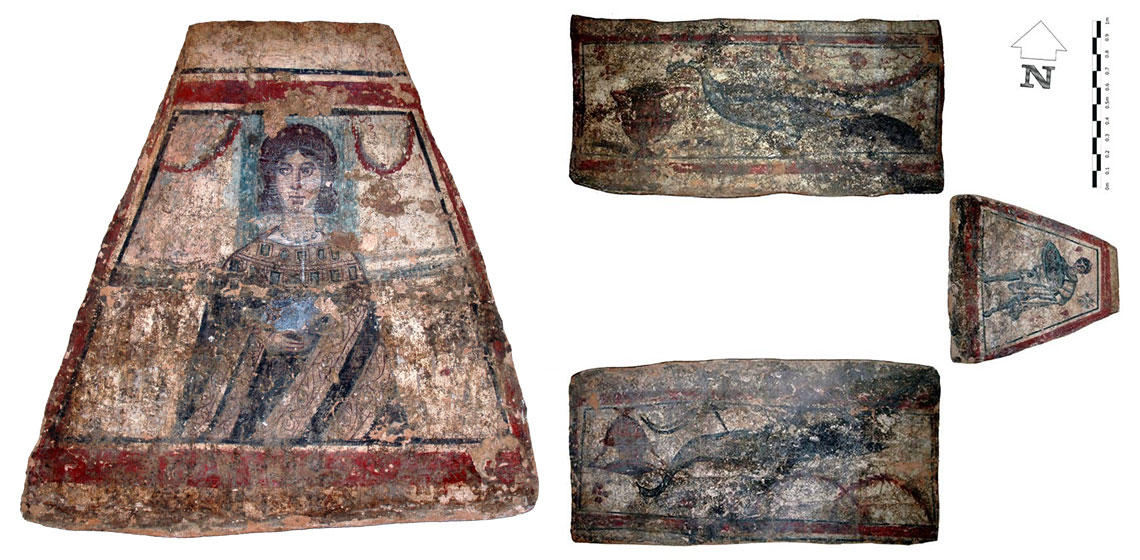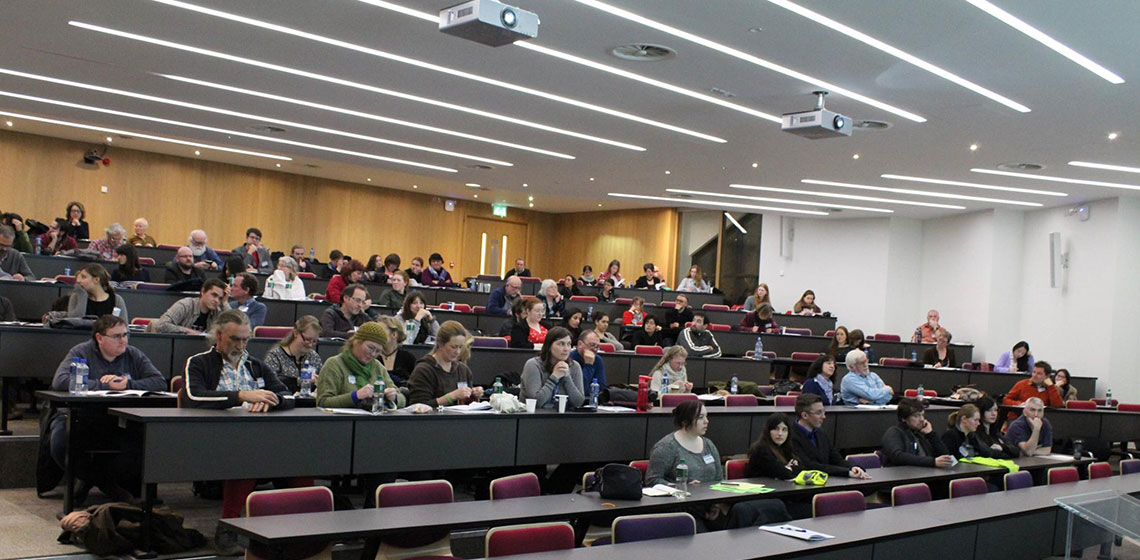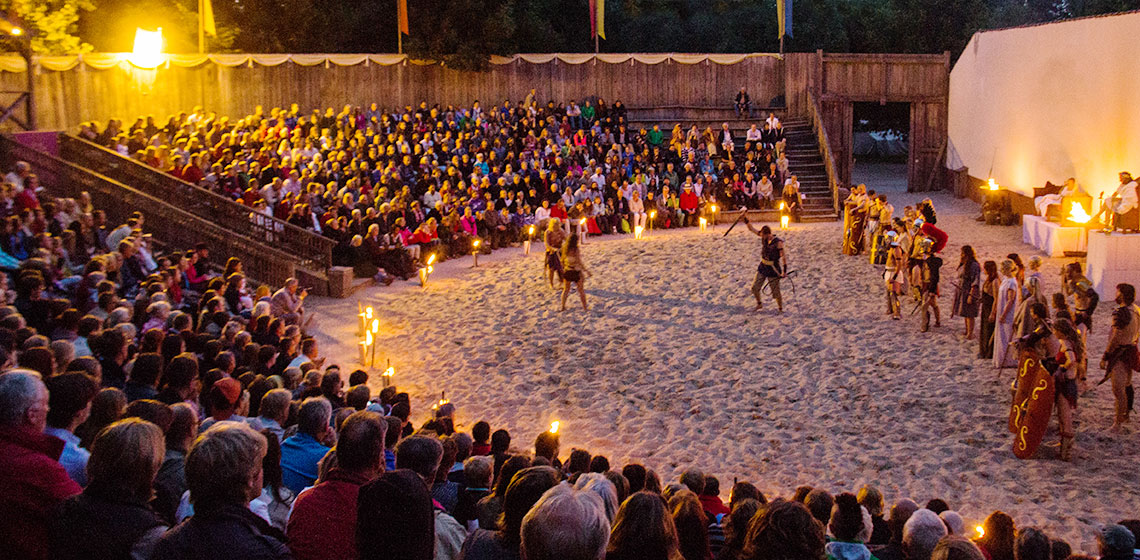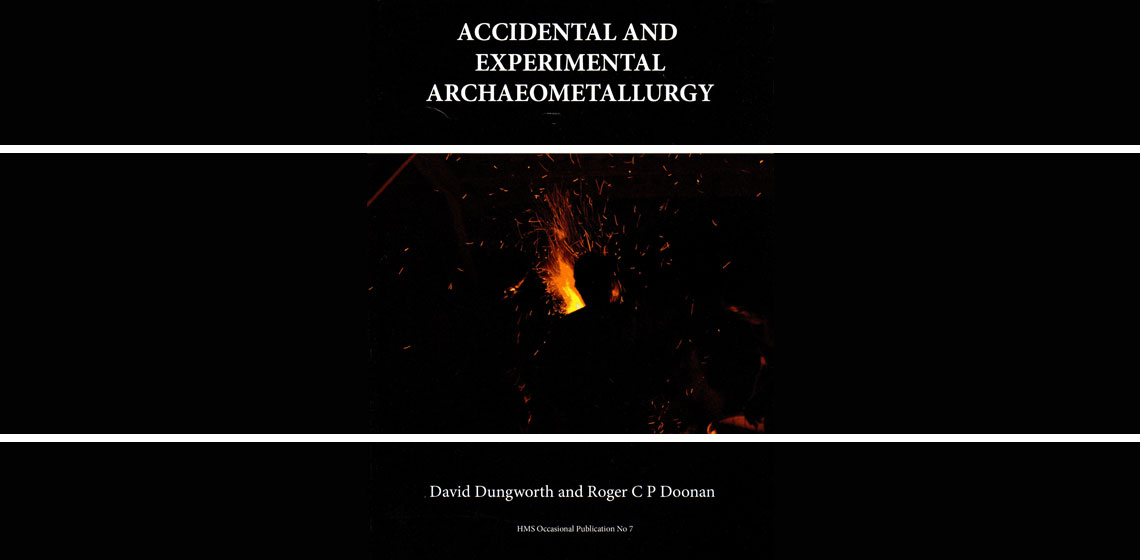Roman Era
Book Review: Recent Publications: Experimental Archaeology in the November 2015 Issue of the Cambridge Archaeological Journal (Volume 25, Issue 4)
Publication Date
In the last quarter of the 1900s, John Coles (1979) and Peter Reynolds (1999) introduced the subject of experimental archaeology, which has gained significant momentumin the past few years. The discipline has become essential for reconstructing past technologies, in addition to supporting archaeological theory.
Book Review: From Rome to Las Vegas. Reconstructions of Ancient Roman Architecture by Anita Rieche
Publication Date
For more than 200 years ancient buildings have been reconstructed. Reasons for the reconstruction of Roman architecture in particular are many. People enjoy being surrounded by fully realised reconstructions of ancient ruins where they can be taught in a manner reflecting a museum-like academic rigour...
Tangible and Intangible Knowledge: the Unique Contribution of Archaeological Open-Air Museums
Publication Date
OpenArch Special Digest 2015 Issue 2
***Over the years my personal research interests have focussed on the less tangible elements of the past, such as gender issues, perishable material culture, and the sensory worlds of the past, but all of these have been underpinned by a longstanding appreciation of the role experimental archaeology can play as...
***Over the years my personal research interests have focussed on the less tangible elements of the past, such as gender issues, perishable material culture, and the sensory worlds of the past, but all of these have been underpinned by a longstanding appreciation of the role experimental archaeology can play as...
Conference Review: Was it all worth it? Archaeological Reconstructions Between Science and Event
Publication Date
On the 3 February 1990, as the Iron Curtain dropped and the border between Bavaria and Bohemia opened, three archaeologists from both countries met. One year later they managed to get 27 participants together and soon the archaeological working group East Bavaria, West- and South Bohemia (and latter also Upper Austria) was a fact.
Book Review: Experimentelle Archäologie in Europa, Bilanz 2014
Publication Date
Annual Proceedings of the EXAR Tagung
***Volume number 13 of the periodical Experimentelle Archäologie in Europa. Bilanz contains 215 pages with 18 different articles on a wide variety of subjects. The contributions are presented in four sections: Experiment and Test, Reconstruction Archaeology, Theory and Emanation’, and Short reports...
***Volume number 13 of the periodical Experimentelle Archäologie in Europa. Bilanz contains 215 pages with 18 different articles on a wide variety of subjects. The contributions are presented in four sections: Experiment and Test, Reconstruction Archaeology, Theory and Emanation’, and Short reports...
Museum Theatre in Greece: Perspectives in Site Interpretation
Publication Date
The paper summarizes preliminary findings of a research project on the use of museum theatre in Greek open-air sites, as a part of a PhD thesis. The research focuses on the exploration of the development, use and function of museum theatre in Greek open-air sites based on available secondary resources and primary research, which included site visits, interviews and data analysis...
Mural Painting of a Roman Lady from Viminacium: From Roman Matron to the Modern Icon
Publication Date
During the late antiquity, fresco decorated tombs had a prominent place in funerary practice. All of the scenes and motifs within tombs are dedicated to the deceased persons and their apotheosis. Usually painted on the western wall of the tomb, these portraits could represent a deceased married couple or sometimes individuals...
Conference Review: 9th Experimental Archaeology Conference, Dublin 2015
Publication Date
EAC Conferences
***The ninth Experimental Archaeology Conference was held over 16-18 January 2015 at University College Dublin (Ireland). A large gathering of nearly 200 delegates from more than 25 countries across the EU and the Americas was hosted by UCD School of Archaeology and the Irish National Heritage Park. Twenty papers and 26 posters...
***The ninth Experimental Archaeology Conference was held over 16-18 January 2015 at University College Dublin (Ireland). A large gathering of nearly 200 delegates from more than 25 countries across the EU and the Americas was hosted by UCD School of Archaeology and the Irish National Heritage Park. Twenty papers and 26 posters...
Putting on a Show - The How and Why of Historical Shows and Theatre in a Historical Setting or Theme-park
Publication Date
As long as people have walked the earth, stories have been told; from stories around the campfire told by older people to entertain and educate the young, to 15th century knights dressing up as Romans during themed tournaments. Telling a story is putting on a little show; a show is a great way to tell a story...
Including Spartacus in Archeon by Erik Collinson
Book Review: Accidental and Experimental Archaeometallurgy by D. Dungworth and R. Doonan (Eds)
Publication Date
Spawned from an HMS (Historical Metallurgy Society) conference at West Dean College in 2010, this book is a unique compilation of papers written by both academics and craftsmen. Further articles not directly drawn from the conference have been included and cover non-ferrous experiments and an ethnographic study of blacksmithing...


